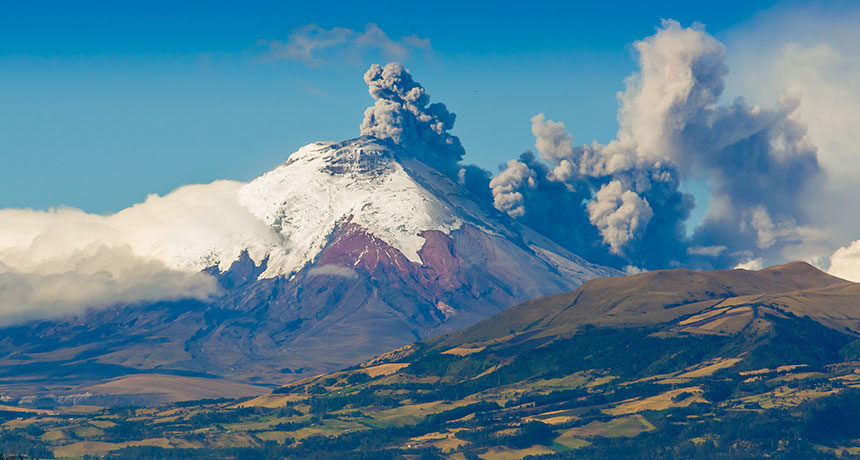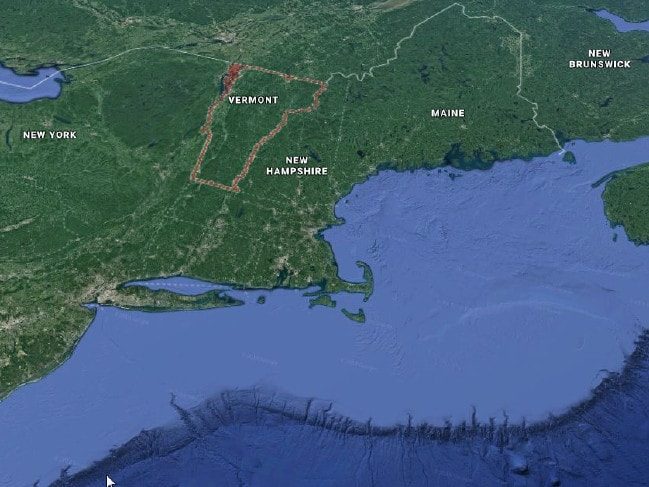Since the 2016 U.S. presidential election, much
attention has been focused on the role of bots in promoting political news on Twitter. But bots can play a role in spreading many other types of news and information as well.
Indeed, a new Pew Research Center analysis finds that
suspected bots are far more active in sharing links to news sites focusing on nonpolitical content than to sites with a political focus. And when they do share political news on Twitter, suspected bots are more likely to link to sites with ideologically
centrist audiences than to ones with staunchly liberal or conservative followings.
To conduct the analysis, researchers examined 108,552 tweeted links to 50 popular news websites sent during a six-week period in the summer of 2017. The sites all produce original content and include those associated with legacy news organizations (outlets that originated in print or broadcast) as well as digital-native sites (outlets that were "born on the web"). Researchers identified potential bot accounts by using a multistep process that is
explained here.
Here are some key findings from the analysis:
1 Suspected bots share a smaller proportion of links to popular news sites compared with other kinds of websites. Suspected bots shared 59% of tweeted links to the 50 news sites in the analysis. While that figure may sound high, it is lower than the average from a previous
Pew Research Center analysis, which found that suspected bots shared 66% of tweeted links to a broader set of more than 2,000 popular websites, including sites focused on commercial products, sports and other subjects.
The 50 sites in the news analysis include the digital versions of print newspapers such as
The New York Times and
The Washington Post, as well as sites for television and radio broadcasting organizations such as CNN, Fox News and NPR.


Comment: See also: